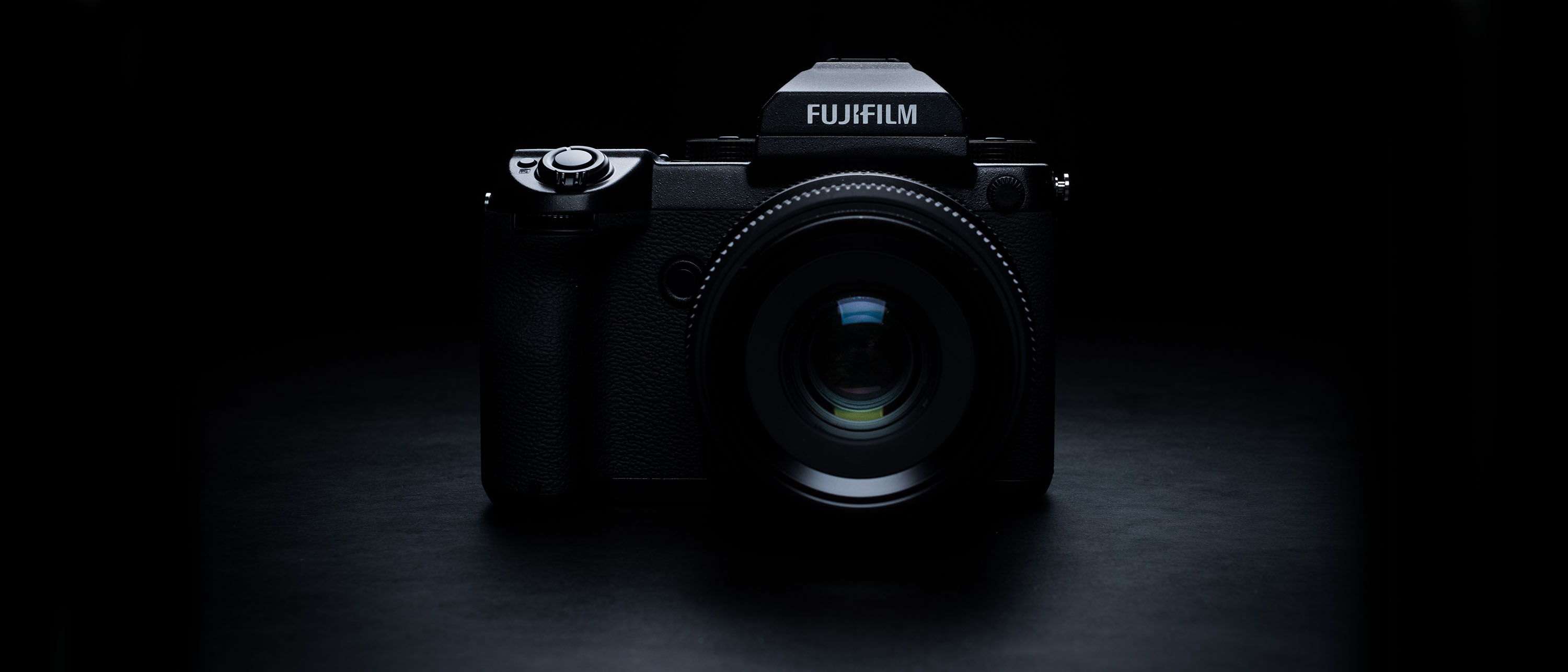Why you can trust TechRadar
Build and handling
- Magnesium alloy body
- Shutter tested up to 150,000 shots
- Weighs 825g
The addition of a mechanical shutter means the Fujifilm GFX 50S's body, despite being a mirrorless design, is quite substantial. Noticeably thicker than the X1D, it’s also that bit bigger and heavier than full-frame DSLRs like Canon’s EOS 5DS and the Nikon D810. Not so much, though, that it’s an issue – on a couple of occasions we bundled the GFX 50S, along with the 63mm and 120mm lenses, into a modest-sized shoulder bag and wandered around with it quite happily.
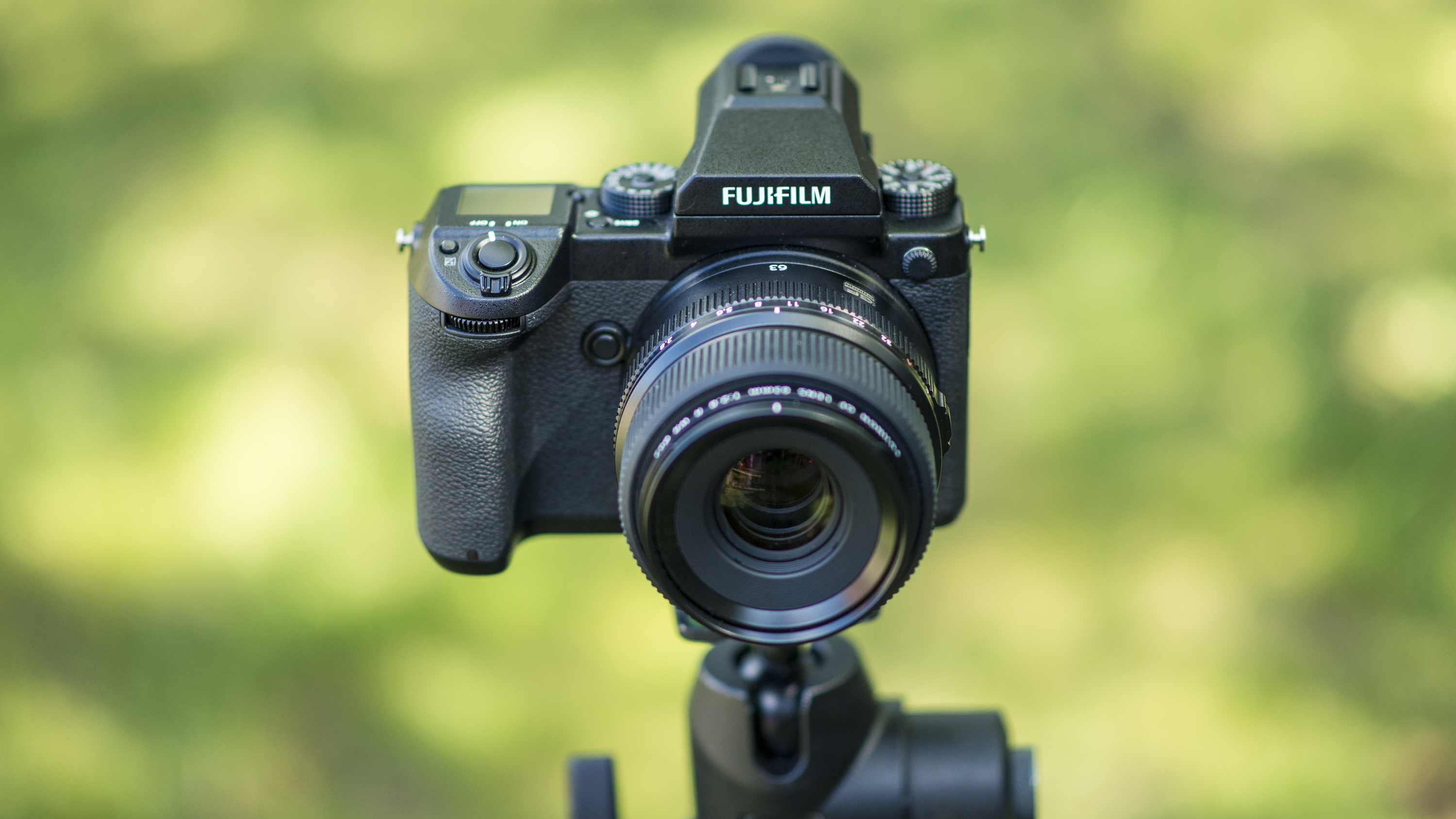
It doesn’t feel too cumbersome to pick up and hold either. The grip is a generous size, and overall you get a comfortable grip, while with the 63mm lens on the front the camera feels really nicely balanced.
You could be forgiven for thinking that a medium format camera could be a bit more daunting to use than a DSLR or mirrorless camera, but the reality is that if you’ve used a Fujifilm X-T2 or similar you’ll feel right at home with the GFX 50S.
There are plenty of traditional body-mounted controls, including lockable shutter speed and ISO dials on the top of the camera (aperture is selected via the ring on the lens in 0.3EV increments), and front and back command dials, as well as a host of customizable controls.
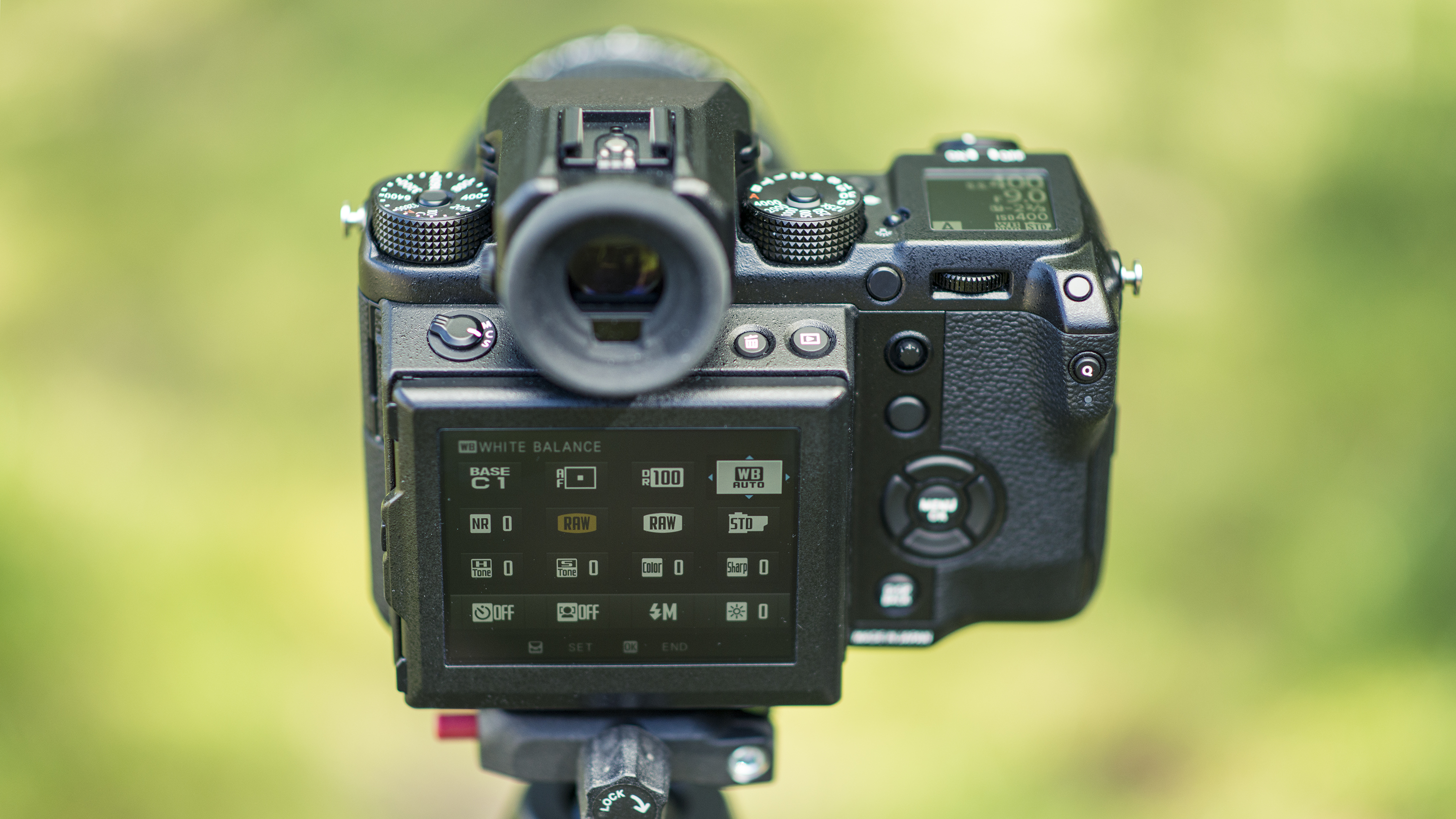
There’s also a handy joystick for AF point selection (if you don’t want to use the touchscreen), while there’s the familiar ‘Q’ button for accessing some of the camera’s key settings.
On the whole, as we’ve come to expect from Fujifilm, the GFX 50S is a very well thought-out camera, but there are a couple of niggles. The arrival of the top plate LCD means there’s no place for an exposure compensation dial, which has been a typical Fujifilm design trait since the X100; it’s been replaced by a fiddly little button that sits just to the right of the shutter button, and it's a bit awkward to use.
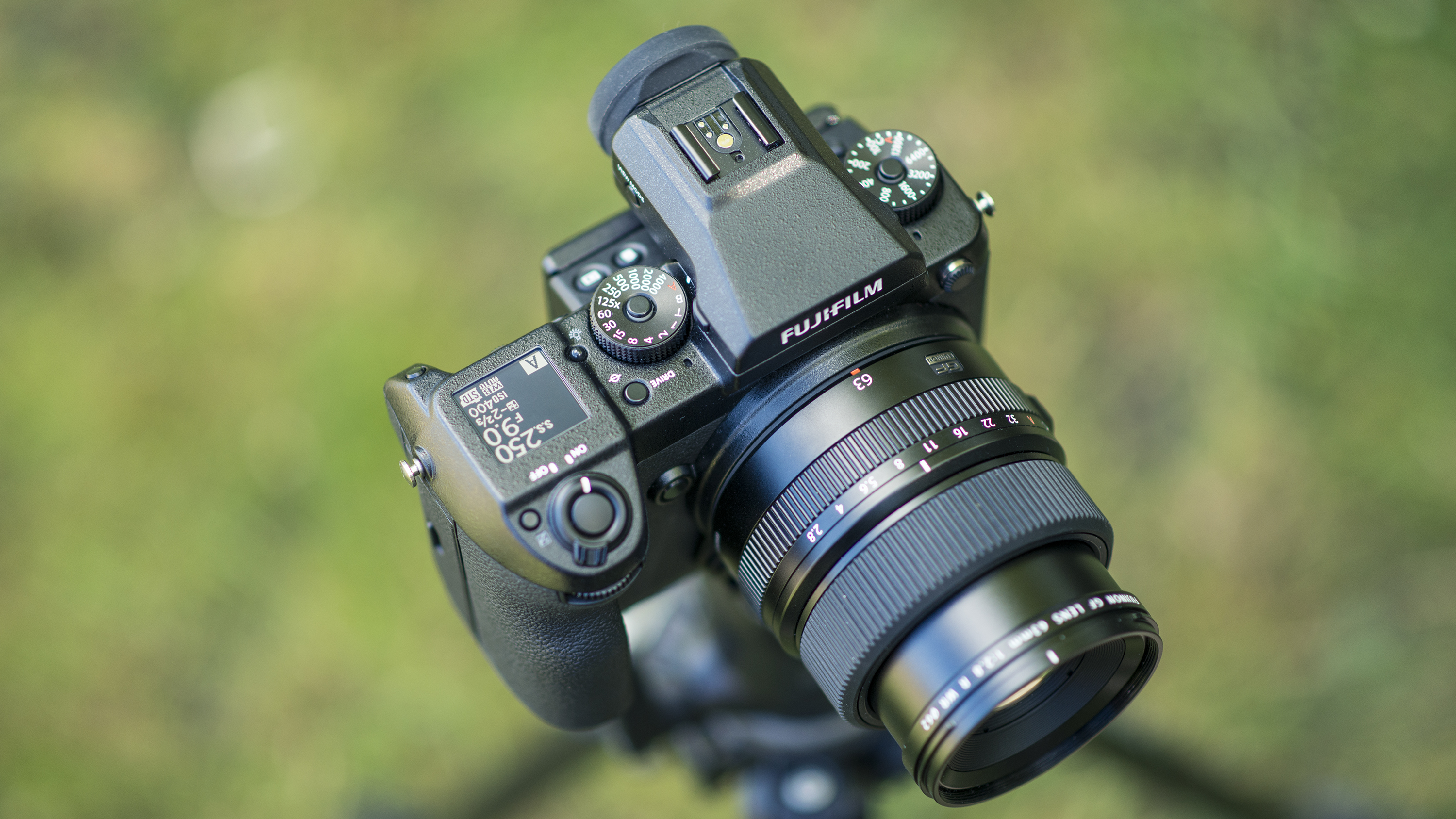
That little moan aside, the GFX 50S feels like an incredibly well made (the body is made from robust magnesium alloy, and is weather-sealed at 58 points to achieve a high level of resistance to dust and moisture) and photographer-orientated camera.
Autofocus
- Contrast-detect AF
- Total of 425 points available
- AF box size can be adjusted
Whereas we’ve seen numerous mirrorless cameras offer on-sensor phase-detection autofocus (such as Fujifilm’s own X-T2) for a hybrid system that combines the precision of contrast-detect AF with the speed of phase-detect, the GFX 50S opts solely for contrast-detect.
This isn’t too much of a surprise – the GFX 50S isn’t intended to be an action camera, rather a more considered photographic tool for landscape and studio work.
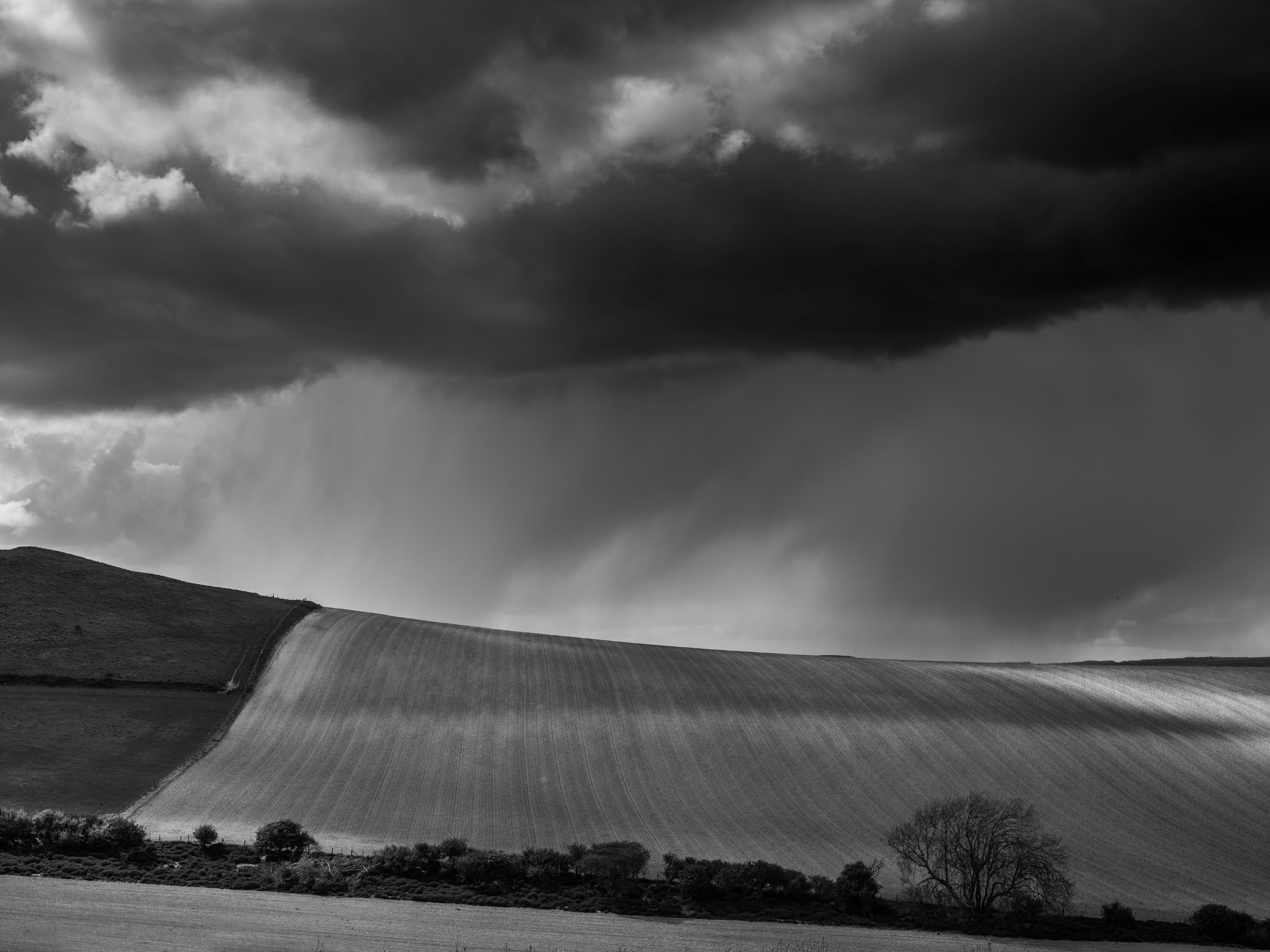
You’re still well catered for when it comes to coverage across the frame, with the GFX 50S’s AF system offering a default layout of 13 x 9 (117 AF points) that can be expanded further to a grid of 25 x 17 (425 points). The AF frame size can also be changed, with six sizes available ranging from a single point to 25, depending on how precise you need to be with your focusing.
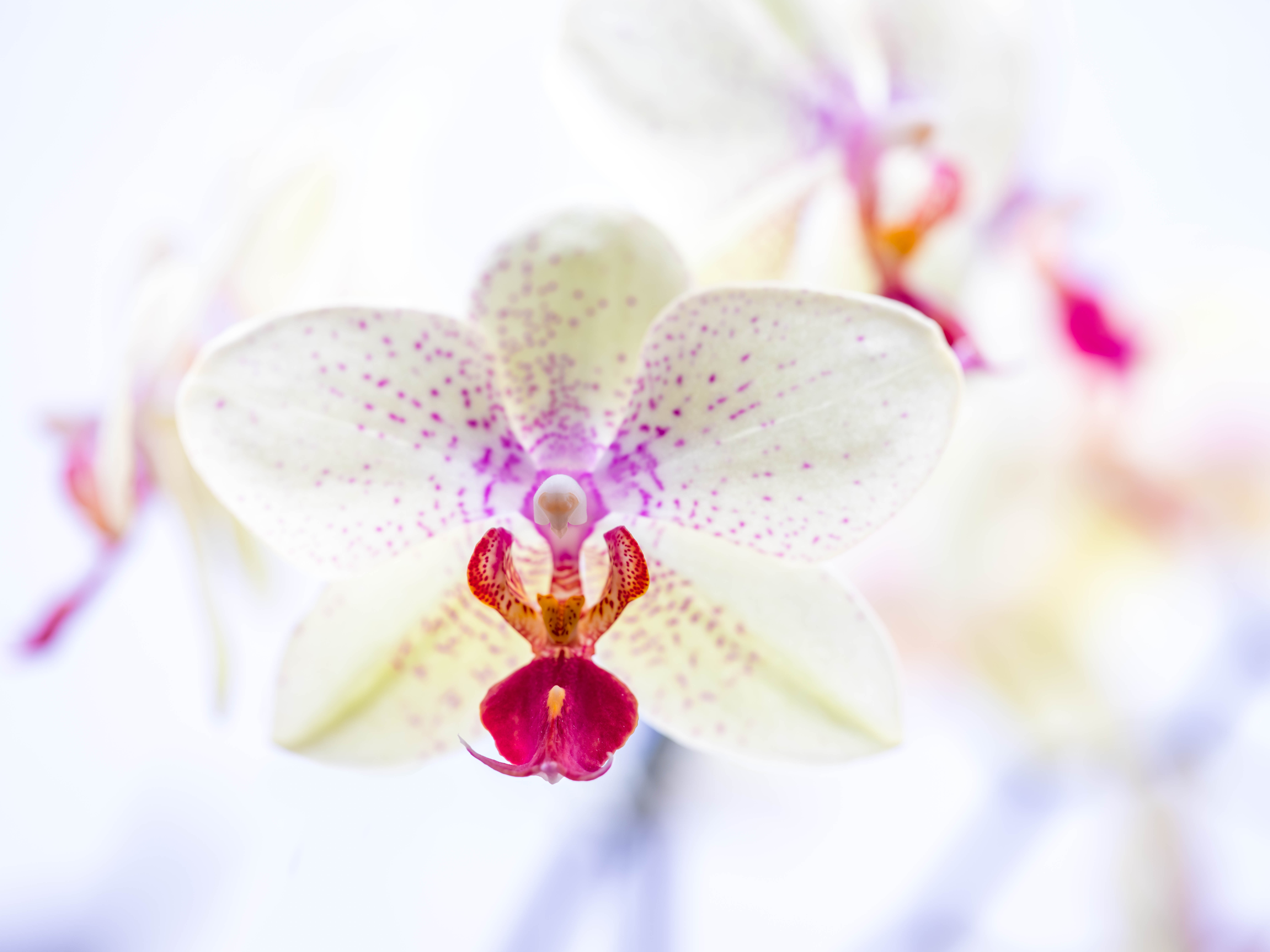
We found the AF performance to be very solid (though not lighting fast), locking on very accurately, particularly with the 120mm lens, but the system does begin to struggle under poor light, and will hunt as it attempts to acquire focus. This would all seem a bit pedestrian in a DSLR or smaller mirrorless camera, but if you’re prepared to be a bit patient with the GFX 50S, thanks to the results it’s capable of, you’ll get very precise autofocus acquisition.
Current page: Build, handling and AF
Prev Page Introduction and key features Next Page Performance and image qualityPhil Hall is an experienced writer and editor having worked on some of the largest photography magazines in the UK, and now edit the photography channel of TechRadar, the UK's biggest tech website and one of the largest in the world. He has also worked on numerous commercial projects, including working with manufacturers like Nikon and Fujifilm on bespoke printed and online camera guides, as well as writing technique blogs and copy for the John Lewis Technology guide.
